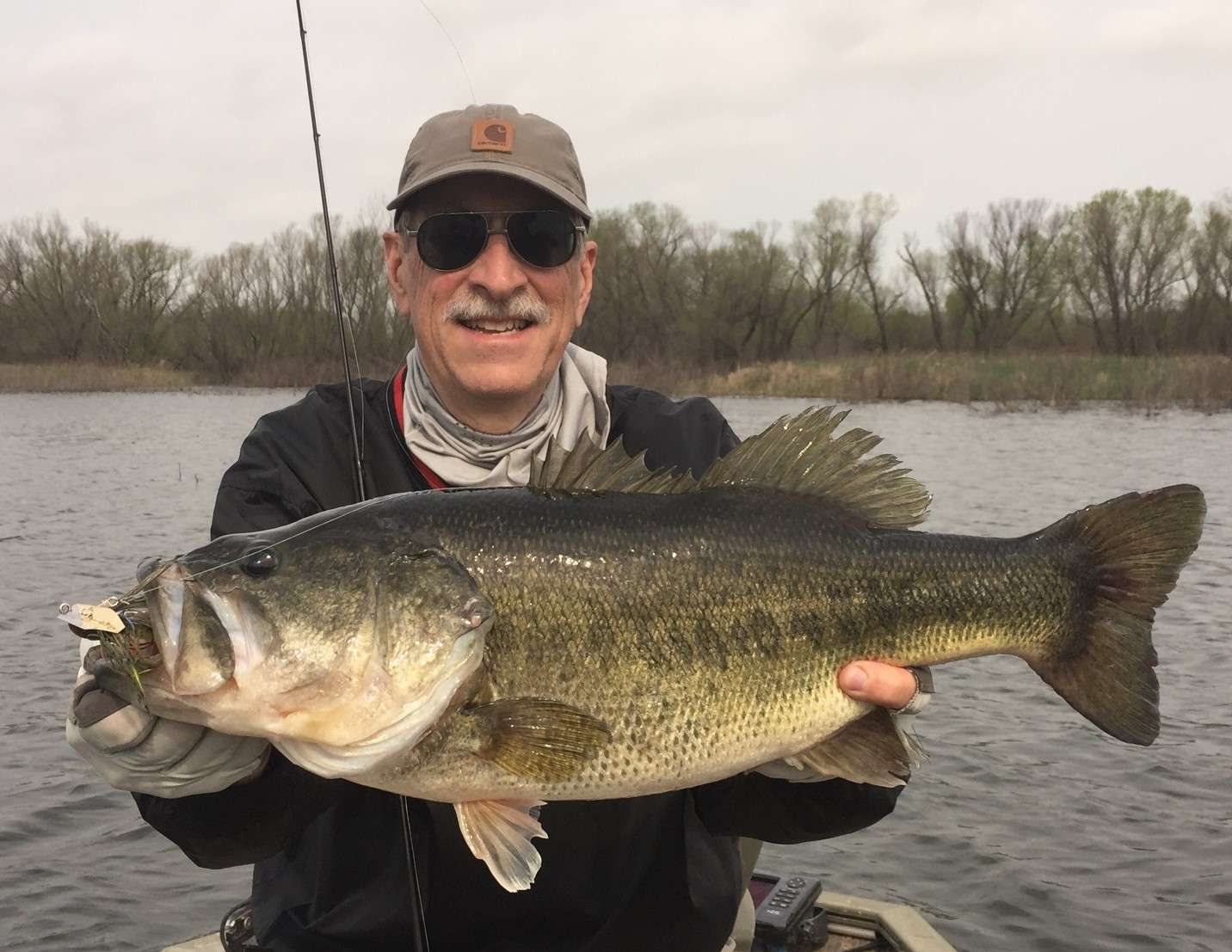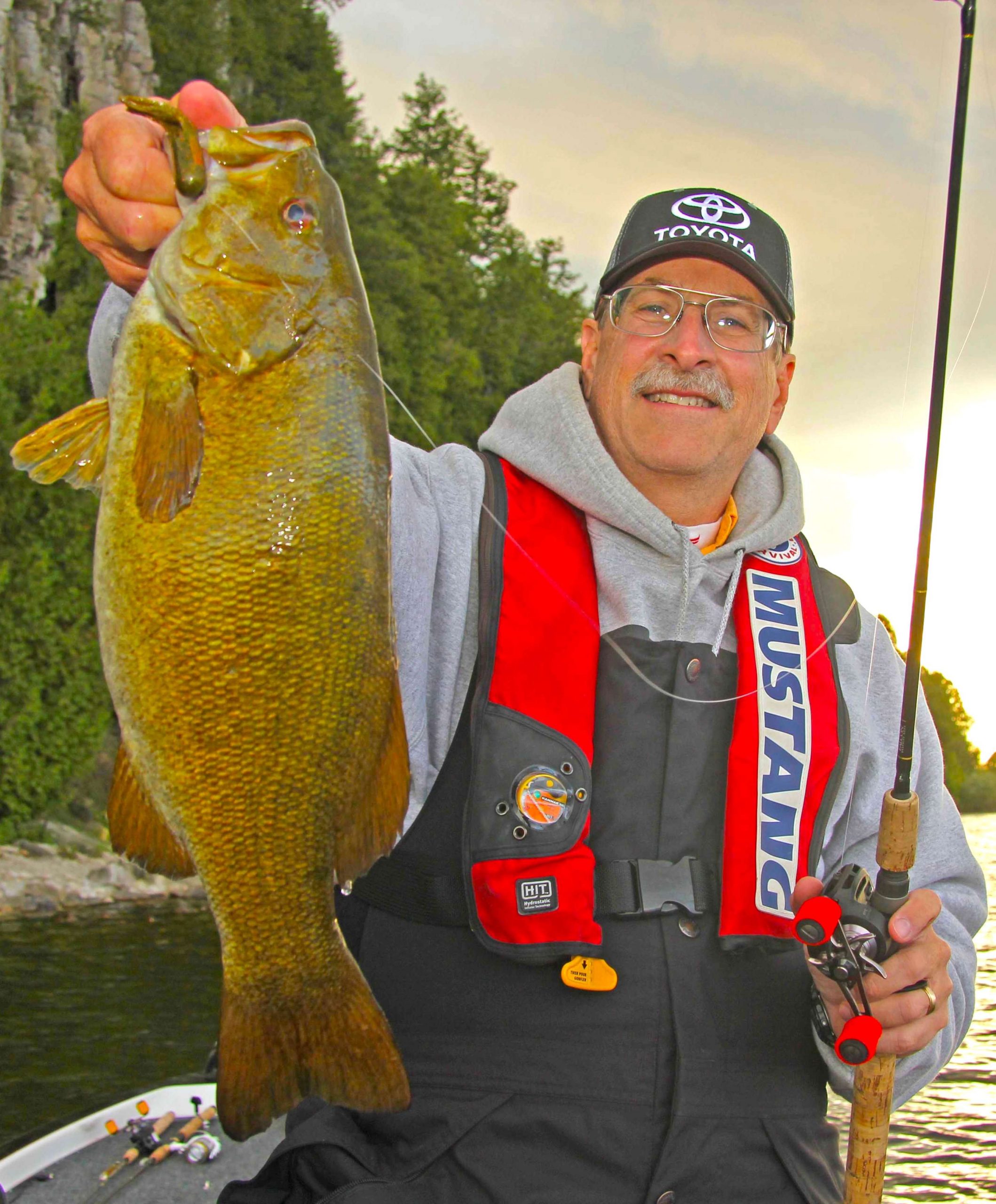
Remember that trophy bass that you caught last year? What a fish! The result of good management, right? A carefully thought-out plan by your state fish and game agency to produce trophy bass – all it took was stocking bass, forage fish management and those special length limits, right?
I only wish it were that easy.
In some states, Florida bass stockings have paid off handsomely in the production of trophy bass. In other states, reservoir construction that left flooded timber and encouraged growth of aquatic vegetation improved habitat. Prey species introductions helped reduce competition for food. A strong catch-and-release ethic among anglers has slowed the harvest of mid-sized bass that might someday grow to double-digit size. All good.
But, despite fishery managers having years of schooling and experience, Mother Nature still has more control over what happens in our lakes than they care to admit. And this is nowhere more evident than in the production of trophy largemouth bass.
To put how rare and special trophy bass really are, let’s spend a few minutes in class – Fishery Population Dynamics 101 – to see the math behind the biology.
Let’s start with 100,000 fingerling bass that were spawned out in a given year. Yes, there are probably way more than that spawned out each year in a large lake or reservoir, but we need a number to start with to make this example easy to understand.
If water levels provided plenty of nursery cover and foraging for plankton, insects and tiny fish were all good, the little bass survive to fall. But then the cold water drives them from the protective shallows, and only those that have grown large enough to avoid starvation or being eaten make it through the winter.
The following spring we estimate the survival of our first year class. Over-winter survival of bass fingerlings typically averages 60% or less – that means 40% die or get eaten the very first year. Survival of stocked Florida bass fingerlings may be as low as 5%. The genetic adaptations that allow them to grow large may let them down when they are stocked outside of regions with favorable climate.

For the sake of this discussion, let’s say our year-class survival is 60% (40% annual mortality). The 100,000 we started with are down to only 60,000 after one year. But the road to trophy size is long and treacherous. Due to natural (disease, starvation, predation) and man-induced causes (harvest, catch-and-release and tournament mortality) the survival of our bass will average only 60% each year.
That 60,000 that survived the first winter multiplied by 60% reduces the cohort to 36,000 at age two; 21,600 reach age three; 12,960 to age four; 7,776 make it to age five and so on until we have only about 600 of the original 100,000 that survive to age 10. I picked 10 because, on average, it takes 10 years to grow a 10-pound bass in most southern tier states.
Now think about the nature of animal growth. In any given stock of animals, whether its cattle, pigs, dogs or fish – some are runts and never grow very large, most are average in their growth and only a few grow exceptionally fast and get a lot larger than their brothers and sisters – the population resembles a bell-curve. This fastest growing group amounts to only about 3.5% of the year class.
Multiply the 600 10-year-old survivors by 3.5% and we have 20 fish that have the growth potential to become true trophies.
But wait, we’re not through.
We know that the females that are the ones that get big – not the males. With a 50:50 sex ratio, now we’re down to 10 bass out of 100,000 that have the potential to become trophy-class. Spread those 10 fish over the hundreds or maybe thousands of acres of water at Lake XYZ and you can see it really is not many big bass.
Are you getting the picture why a trophy bass is such a rare critter? Why a state record is even more rare, and why duplicating that feat is so difficult for fishery managers. A lot of good things must happen just at the right time to consistently produce big bass. Nature needs to cooperate year after year after year. Good habitat, abundant forage, the right genetics, time – and maybe a little luck.
Any questions? Class dismissed.





